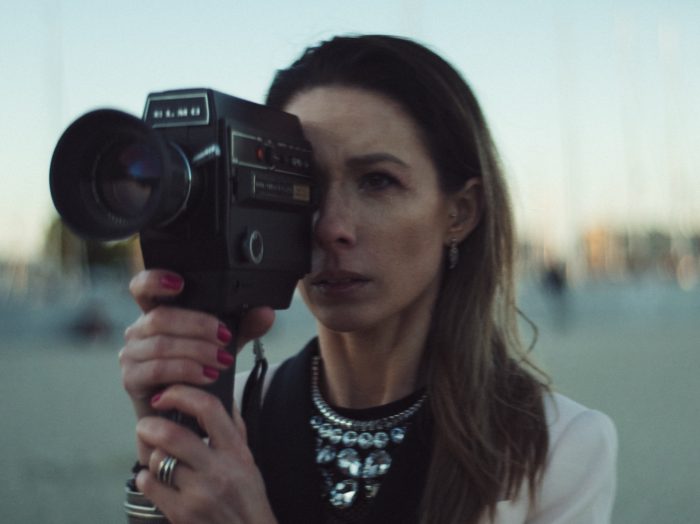
A Short and Simple Guide on What Camera to Get
Here at ELFS Japan, we cater most of our workshops to filmmaking beginners. Let’s say you participated in one of our workshops to learn the basics of filmmaking and you would like to pursue filmmaking further. As you get started, the first equipment you might think about getting is a camera. But..
“Which camera should I get?”
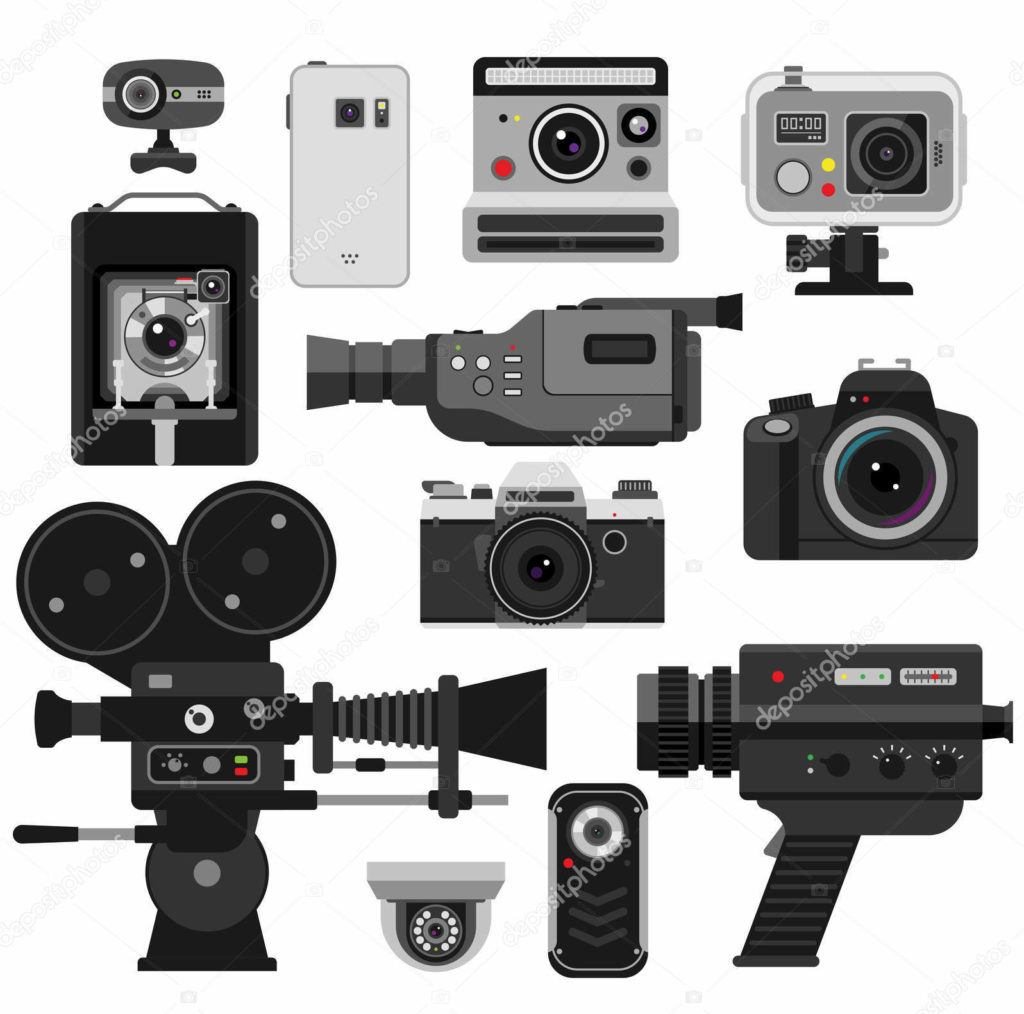
Anyone that’s been in the market for a new camera surely have gone through the never-ending process of comparing the pros and cons of various cameras. Before you get lost in that decision-making black hole, in my opinion, these are the first things to consider when looking at cameras:
- Usage
- Price Range
- Resolution VS Computer Specs/Storage
- Size/Weight
Usage
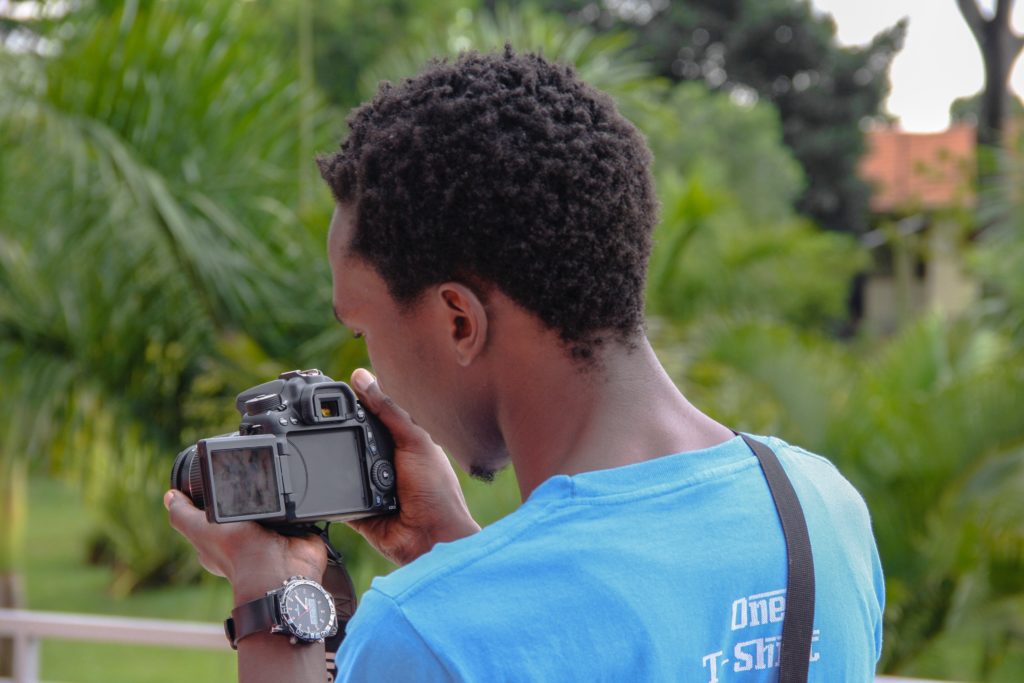
Camcorders, DSLRs, mirrorless cameras, compact digital cameras, smartphones, action cameras… the options for capturing high quality content is as diverse as its ever been. Narrow down your options by thinking about all the ways you envision using your camera. Are you strictly looking for a camera to film movies? Would you like to capture stills in addition to video? How portable do you want it to be? In my opinion, a DSLR camera is the most versatile with the most options. (Getting one with a flip-screen is recommended so you can see what you’re filming from any angle!)
Price Range
![]()
Unless you are not like me and have unlimited money you can shell out without a second thought, price is a major factor when deciding which camera to purchase. For DSLRs, here is more or less the price ranges*:
- Budget : < ~$500 / ~¥60,000 / ~£400
- Consumer : < ~$1000 / ¥120,000 / ~£800
- Pro-sumer : < $1,000~$2,000 / ¥120,000~¥240,000 /£800~£1,600
- Professional : $2000+ / ¥240,000+ / £800+
*Doesn’t include professional DSLR cameras
Now days, budget-priced cameras are equipped enough features and quality to start creating film. One thing I’d like to add here is that expensive does not necessarily mean better if you’re just getting into working with cameras. A professional level camera will give you professional level product if you know exactly how to use its advanced features. For a beginner, even a Pro-sumer level camera may be difficult to use. It is strongly advised that you try out the camera before spending the money.
Resolution / Computer Specs / Storage
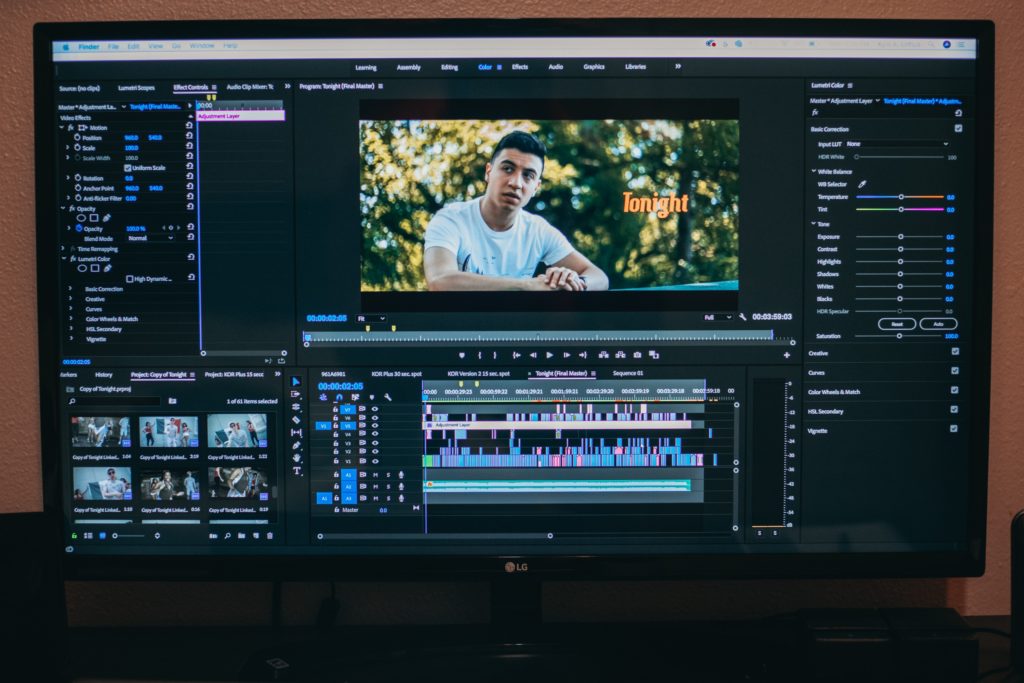
4K resolution video capture is becoming more available for cheaper these days, but that may not necessarily mean you should jump right to it because the computer you are going to do your editing may not be able to handle it. Dealing with enormous files takes processor power and bandwith and if your computer is not equipped with the required system you will find yourself waiting for your computer to catch up way more than the actual editing process.
Computer performance is not the only limiting factor. You would also have to consider your storage space. Here’s an interesting fact: in our previous “Making the Short Film” workshop, six students worked collaboratively to put together a short film that was 6 minutes 56 seconds long. We filmed with a Canon EOS 700D in 1080p/24fps and the combined file size of all the footage was 17.08GB. Filming in 4K can increase that by 10-fold for the same amount of content. If you’re filming in 4K you will likely need storage in the TBs (terabyte, 1 TB = 1000 GB) to
In determining what resolution to film, consider what format your finished product is going to be viewed. These days independent films are most likely viewed on a computer/tablet/smartphone screen, in which case Full HD (1920 x 1080) is more than sufficient.
Size/Weight
This may be a factor that may not matter much for some, but for someone like me that has a photography background, it proved to be very important. I have two cameras that I use frequently: a GoPro Hero 5 Black action camera and a Canon EOS 5D Mark II DSLR camera (actually, I am down to the Canon since my GoPro died a month ago…) Both are able to capture high quality video but the GoPro was with me considerably more than the DSLR simply because of its portability. The tiny action camera can fit in any pocket, while the DSLR required a backpack. Comparing a GoPro to a DSLR may be like comparing apples and oranges, but the same consideration can be made between DSLRs, as illustrated in this comparison photo between my Canon 5D Mark II and the Canon 700D
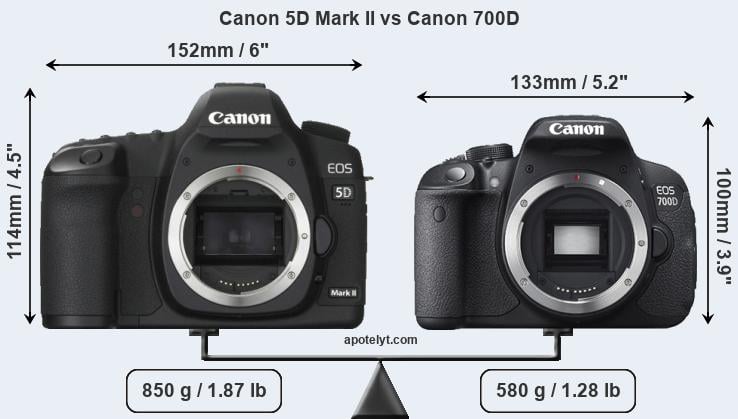
Extra: Lens
If you purchase a DSLR chances are it’ll come with a kit lens, typically the 18~55mm lens. While this lens allows you the flexibility of a range of focal lengths (giving you wide and somewhat narrow angle of view), you will find that the quality/sharpness you can get in your footage is not great. Preference vary greatly depending on what type of look and feel you want, but my favorite (and probably the most cost-effective) lens is the 50mm prime lens. Without going too in-depth with the technicalities, a 50mm lens give a very natural look of your footage because it’s similar to how our eyes see. This prime lens is also sharper, faster, lighter and can handle shooting in darker settings compared to the kit lens.

Final Thoughts
At the end of the day, however, a camera is merely a tool to capture your vision and creativity. The time you might spend going back and forth about which camera to purchase is better spent polishing the ideas you have and how you want to show that to your audience.
